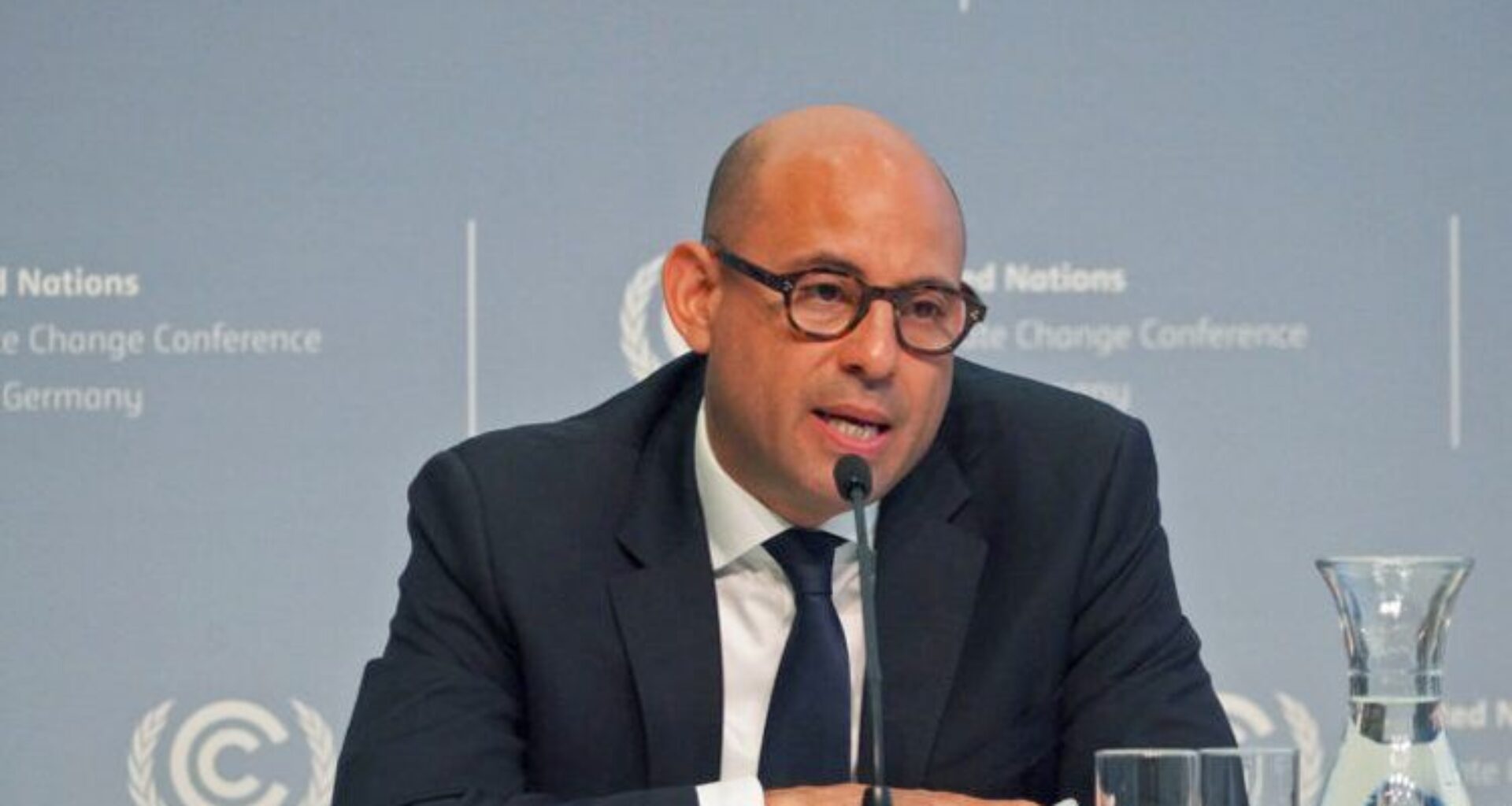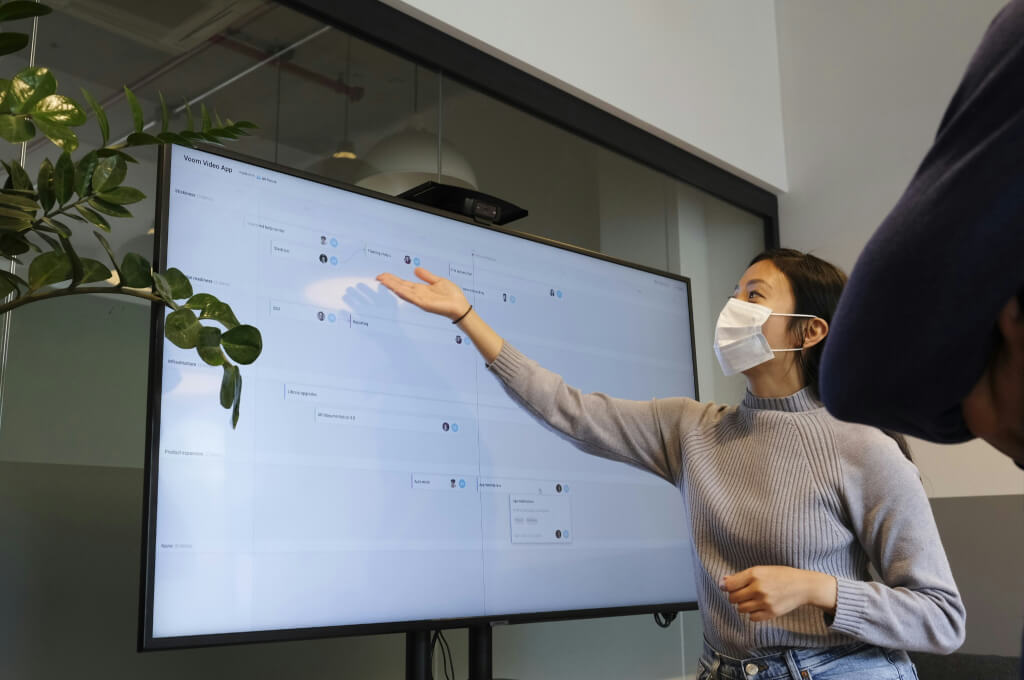Health for All: Accelerating Progress on SDG 3 in a Post-Pandemic World
March 2025
Sustainable Development Goal 3 (SDG 3): Good Health and Well-being aims to ensure healthy lives and promote well-being for people of all ages. From reducing child mortality to fighting non-communicable diseases and improving mental health, this goal represents one of the most foundational aspects of sustainable development.
In 2025, while notable improvements have been made in areas like immunization and access to health services, many challenges remain—especially in the wake of a global pandemic that strained health systems and exposed deep inequalities.
Progress and Gaps in Global Health
Over the past decade, the world has made significant strides in reducing preventable deaths. According to the World Health Organization (WHO), global maternal mortality has dropped by 34% since 2000, and more children are surviving past the age of five than ever before.
However, progress is uneven. In low-income countries, women are still 120 times more likely to die during childbirth than in high-income nations. Meanwhile, non-communicable diseases such as diabetes, heart disease, and cancer are on the rise globally, now accounting for nearly three-quarters of all deaths worldwide.
Pandemics, climate change, and humanitarian crises have also exacerbated health vulnerabilities—especially in regions where health systems are under-resourced or fragile.
Mental Health: The Silent Emergency
One of the most urgent—and often overlooked—aspects of SDG 3 is mental health. The mental health crisis has reached alarming levels, particularly among young people, refugees, and those affected by conflict.
The COVID-19 pandemic intensified feelings of isolation, anxiety, and depression globally, and yet mental health services remain severely underfunded. According to the WHO, more than 75% of people with mental health conditions in low- and middle-income countries receive no treatment at all.
Governments and organizations are now taking steps to integrate mental health into primary care systems, train community health workers, and reduce stigma through education and awareness campaigns.
Universal Health Coverage: A Global Imperative
Universal health coverage (UHC)—where all individuals receive the health services they need without financial hardship—is at the heart of SDG 3. While some countries, such as Thailand and Rwanda, have made remarkable progress toward UHC, nearly half the world's population still lacks access to essential health services.
Innovative solutions are emerging to bridge this gap. In India, a national digital health mission is helping patients securely access their health records and receive telemedicine support. In Africa, mobile clinics and solar-powered health centers are bringing care to remote communities.
But financing remains a key obstacle. Experts argue that increased investment in primary healthcare, trained health workers, and sustainable supply chains is essential to build resilient, equitable systems.
Health and Climate: An Urgent Intersection
The intersection of health and climate change is now a global concern. Rising temperatures, poor air quality, and vector-borne diseases are threatening public health on a scale never seen before. The WHO predicts that climate change will cause an additional 250,000 deaths per year between 2030 and 2050, due to factors such as malaria, malnutrition, and heat stress.
Integrating health strategies into climate action—such as reducing air pollution and improving urban planning—can save lives while advancing environmental goals.
Well-being Beyond the Hospital
SDG 3 also highlights that well-being goes beyond medical treatment—it includes access to safe water, nutritious food, quality education, secure housing, and decent work. Holistic well-being means addressing the social and economic conditions that influence health outcomes.
Community-based programs focusing on health education, reproductive rights, exercise, and nutrition are proving to be effective in preventing disease and promoting healthier lifestyles.
A Vision for 2030: Health as a Human Right
As the world pushes forward toward the 2030 deadline, achieving SDG 3 is both a moral imperative and a smart investment. Healthy populations lead to stronger economies, more resilient societies, and sustainable development.
“Health is not a privilege—it is a human right,” said Dr. Tedros Adhanom Ghebreyesus, Director-General of the WHO. “Now is the time to build a world where everyone, everywhere, can access the care and support they need to live a full and healthy life.”






